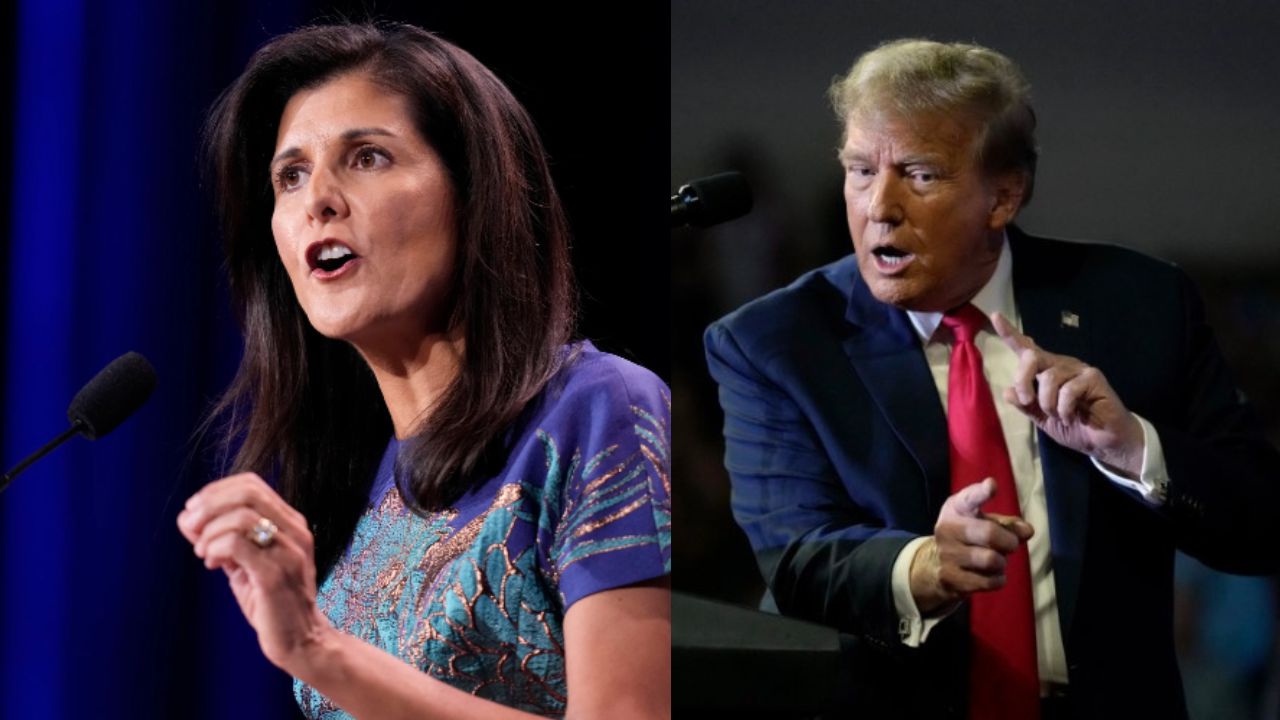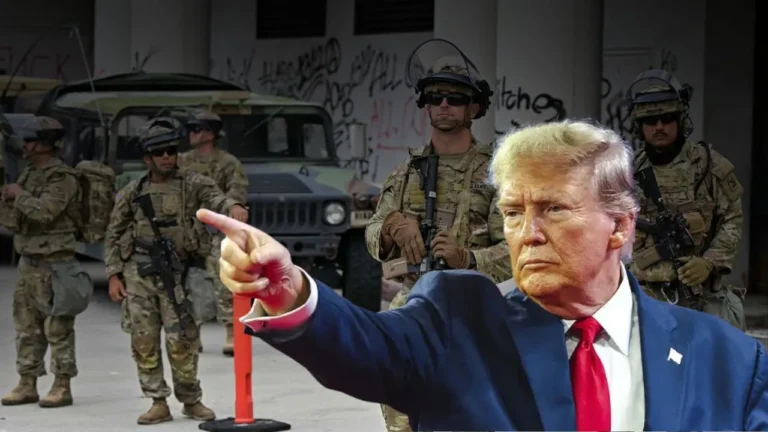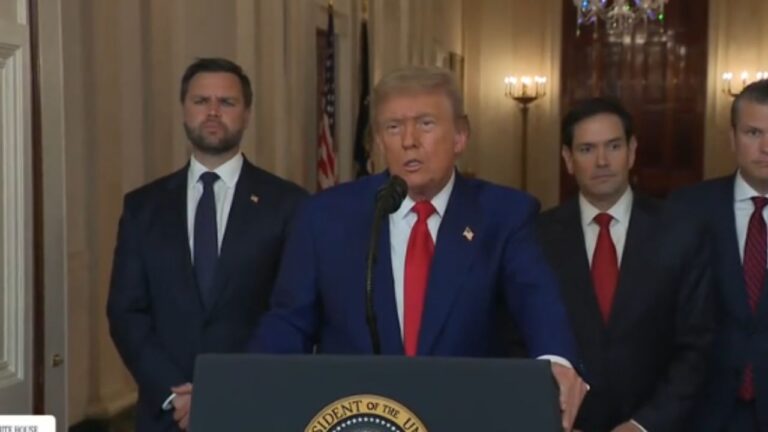Pentagon Greenlights Tomahawk Missiles for Ukraine: What It Means for the Russia-Ukraine War
In a pivotal development amid the ongoing Russia-Ukraine conflict, the Pentagon has approved the transfer of long-range Tomahawk cruise missiles to Ukraine. This decision, handed off to President Donald Trump for final authorization, could dramatically shift the dynamics on the battlefield. As tensions escalate with Russia, including nuclear saber-rattling and canceled diplomatic summits, the potential delivery of these 1,000-mile-range weapons raises questions about U.S. strategy, European alliances, and global security. In this article, we’ll break down the Pentagon’s assessment, Trump’s evolving stance, operational hurdles, and the broader implications for the Ukraine war.
The Pentagon’s Assessment: No Harm to U.S. Stockpiles
The U.S. Joint Staff delivered its green light to the White House in early October 2025, just before President Trump’s high-stakes meeting with Ukrainian President Volodymyr Zelenskyy. The key finding? Transferring Tomahawk missiles won’t jeopardize America’s own military readiness. This assessment alleviates long-standing concerns about depleting U.S. arsenals, especially given the missiles’ critical role in naval operations.
Zelenskyy has been a vocal advocate for these weapons, pushing for strikes on Russian oil refineries and energy infrastructure far behind enemy lines. Such targets could cripple Moscow’s war machine by disrupting fuel supplies and revenue streams. European allies, including NATO members, have welcomed the news, viewing it as a signal that Washington is easing its reluctance. “This removes one major excuse,” a senior European diplomat told CNN, highlighting how it bolsters collective defense efforts against Russian aggression.
For context, the Tomahawk Block V missiles boast precision guidance systems and a range exceeding 1,000 miles, making them ideal for deep-strike missions without risking Ukrainian pilots. If approved, this would mark a significant escalation in U.S. military aid, building on previous deliveries of ATACMS and HIMARS systems.
Trump’s Flip-Flop: From Openness to Caution After Putin Call
President Trump’s position on arming Ukraine with Tomahawks has been anything but steady. Initially, he boasted about America’s “plenty of Tomahawks” available for allies. But a October 16, 2025, phone call with Russian President Vladimir Putin changed the tune. Trump, now emphasizing national security needs, declared during a frosty White House summit with Zelenskyy that the U.S. “needs” these missiles to “protect our country” and can’t afford to give them away.
Insiders described the Zelenskyy-Trump meeting as “not easy” and outright “bad,” underscoring the friction. Putin’s warnings played a role: He cautioned that Tomahawks could reach major Russian cities like Moscow and St. Petersburg, poisoning U.S.-Russia relations without tipping the scales in Ukraine. Despite the reversal, sources close to the administration indicate Trump hasn’t slammed the door shut entirely—he’s “open to the possibility,” per CNN reports.
This hesitation reflects broader Trump doctrine: America First, with aid to Ukraine tied to diplomatic leverage. Yet, with Russia’s economy strained by sanctions and battlefield stalemates, the Tomahawk debate underscores the tightrope walk between deterrence and de-escalation.
Canceled Summit and Nuclear Escalation: Tensions Hit New Highs
The missile saga unfolds against a backdrop of diplomatic fallout. Trump scrapped a planned Budapest summit after Russia issued “maximalist demands”—Ukraine ceding territory and forgoing NATO membership forever. The cancellation followed a heated exchange between Russian Foreign Minister Sergei Lavrov and U.S. Secretary of State Marco Rubio, signaling a breakdown in backchannel talks.
Compounding this, nuclear posturing has surged. In retaliation to Moscow’s tests of the Burevestnik nuclear-powered cruise missile and Poseidon underwater drone, Trump directed the Pentagon to restart U.S. nuclear weapons testing—the first since 1992. “We’ll test on an equal basis with Russia and China,” Trump stated, aiming to match adversaries’ advancements. The Kremlin downplayed its own trials, with spokesperson Dmitry Peskov insisting they “cannot be interpreted as nuclear tests.”
These moves evoke Cold War echoes, raising fears of miscalculation in the Russia-Ukraine war. Analysts warn that while Tomahawks aren’t nuclear, their integration could provoke further Russian responses, from cyberattacks to hybrid warfare.
Operational Hurdles: Can Ukraine Actually Use Tomahawks?
Approval is one thing; deployment is another. Tomahawks are designed for ship- or submarine-launches, but Ukraine’s navy is a shadow of its former self after Black Sea losses. Enter ground-based adaptations: The U.S. Marine Corps and Army have prototyped land launchers that could bridge the gap, potentially delivered alongside training.
Ukrainian ingenuity offers hope. Engineers have already jury-rigged British Storm Shadow missiles for Soviet-era jets, proving adaptive prowess. The Biden-era holdovers in the administration have contingency plans for swift rollout if Trump nods yes. Still, integration could take weeks, involving secure logistics and NATO coordination to evade Russian interdiction.
European officials are optimistic, citing Ukraine’s track record. “They’ll find a way,” one source quipped, emphasizing how Tomahawks could enable “strategic depth” strikes without exposing assets.
Broader Implications: Reshaping the Ukraine Conflict and Global Order
If Tomahawks reach Ukraine, expect ripples. On the battlefield, deep strikes on energy hubs could accelerate Russia’s economic bleed, forcing Putin to the table—or escalate asymmetrically. For the U.S., it’s a test of resolve: Bolstering Kyiv deters aggression elsewhere, from Taiwan to the Middle East, but risks overstretch.
Allies like the UK and France, already supplying Storm Shadows and Scalps, see this as a unity booster. Yet, critics argue it prolongs the war, ignoring root causes like NATO expansion debates.
As of November 1, 2025, the ball is in Trump’s court. Will he prioritize deterrence or deal-making? The world watches, missiles at the ready.
Stay updated on Ukraine war developments, Tomahawk missile transfers, and U.S.-Russia tensions. For more on military aid to Ukraine and global security, subscribe to our newsletter.







